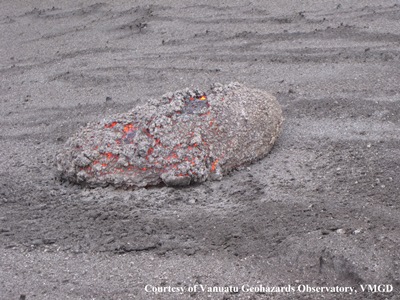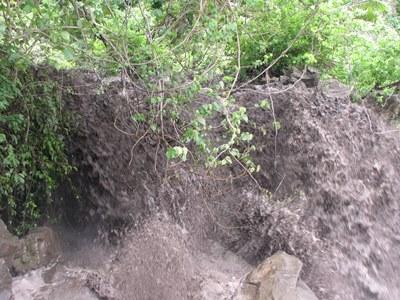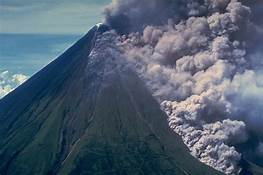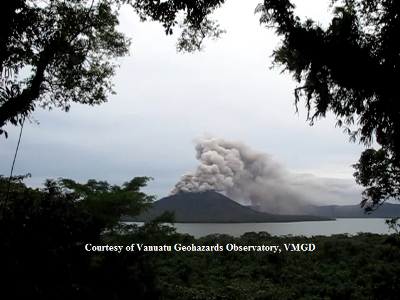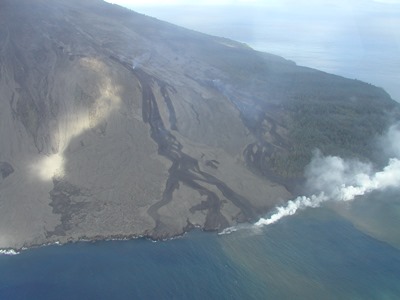|
Active volcanoes can produce phenomena arising from their activity that may pose potential threat to persons or properties in a given area within a given period of time that we call “ Volcanic hazards “. Numerous types of hazards may result from a volcanic eruption, often simultaneously. The type of volcanic hazards that will occur depend on which volcano is erupting ( Gaua, Ambae, Ambrym, Lopevi or Tanna) and the nature of the eruption. For exemple volcanic hazards from an eruption from Gaua through the crater lake will be different from one at say Lopevi where there is no lake. Potential hazards from Vanuatu's volcanoes are :
- Hot ash flow or pyroclastic flow
Many of these phenomena will only affect an area very close to the volcano. However, volcanic ash fall can be deposited hundred to thousands of kilometres from its source, making it the product most likely to affect the largest area and the greatest number of people.
For more information on volcano awareness materials for reducing risk of the above volcanic hazards, click here. |
![]() Volcanic Hazards
Volcanic Hazards

